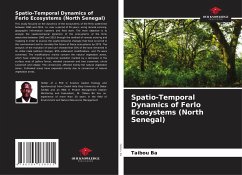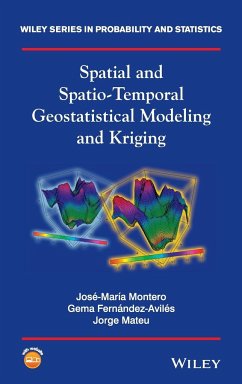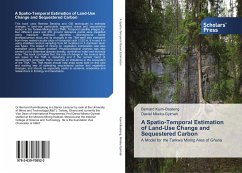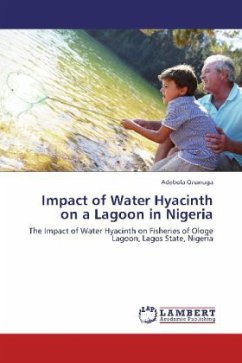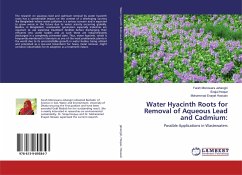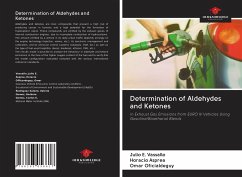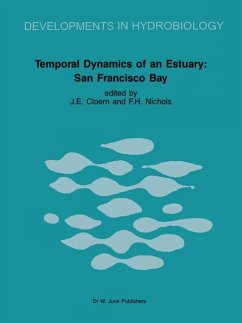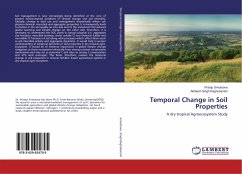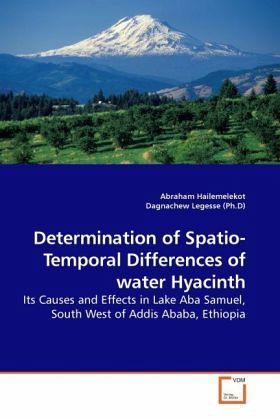
Determination of Spatio- Temporal Differences of water Hyacinth
Its Causes and Effects in Lake Aba Samuel, South West of Addis Ababa, Ethiopia
Versandkostenfrei!
Versandfertig in 6-10 Tagen
32,99 €
inkl. MwSt.

PAYBACK Punkte
16 °P sammeln!
Alien invasive species have become a problem internationally. Currently, IAS is of a great concern in Ethiopia. The objective of this study was to determine the spatio-temporal differences of water hyacinth. DIC as well as change detection were carried out and the findings show that it has changed spatially and temporally over time. Lake Aba Samuel was subject to more changes. Temperature and nutrient level were factors that enhance water hyacinth. Various land cover types have shown different temperature attributes. The NDVI values where water hyacinth found in high density and temperature at...
Alien invasive species have become a problem internationally. Currently, IAS is of a great concern in Ethiopia. The objective of this study was to determine the spatio-temporal differences of water hyacinth. DIC as well as change detection were carried out and the findings show that it has changed spatially and temporally over time. Lake Aba Samuel was subject to more changes. Temperature and nutrient level were factors that enhance water hyacinth. Various land cover types have shown different temperature attributes. The NDVI values where water hyacinth found in high density and temperature attributes of the same location were assessed and the correlation was strong. Similarly NDVI values where water hyacinth found in high concentration and the Nitrogen level of the same location and the correlation was less strong. Temperature appears to be the determinant factor for water hyacinth expansion and has an impact on the ecosystem. To monitor and control of water hyacinth prioritizedspatial locations were identified. To map and assessing Lake Aba Samuel ecosystem would help for the control and monitoring of IAS in the country in general and in the study area in particular.



